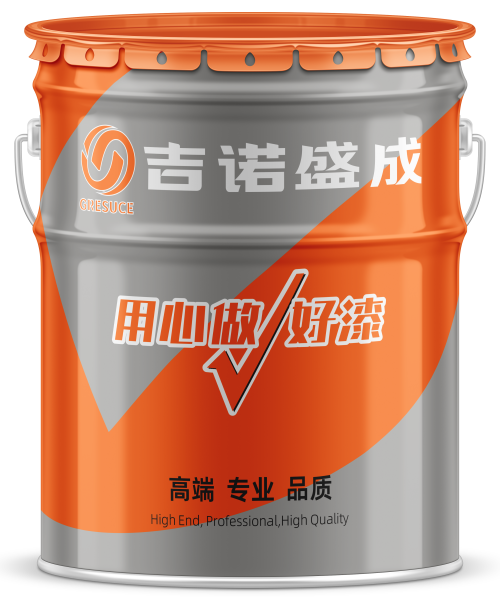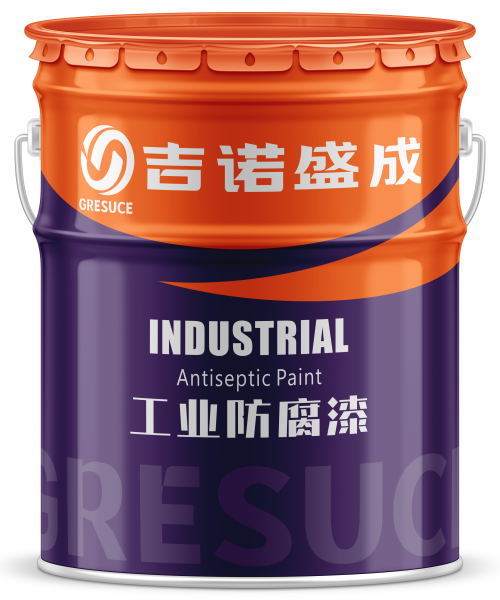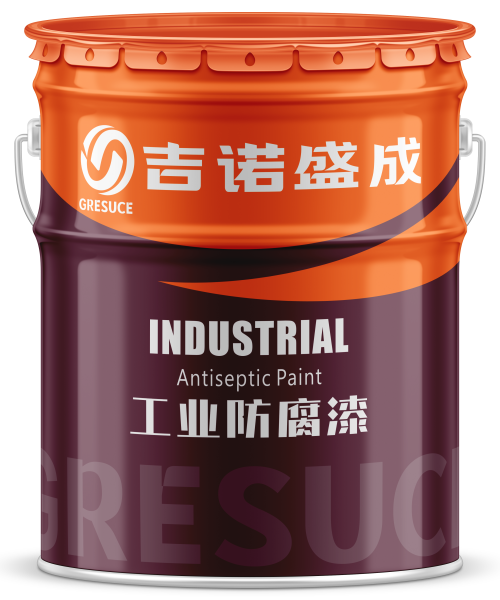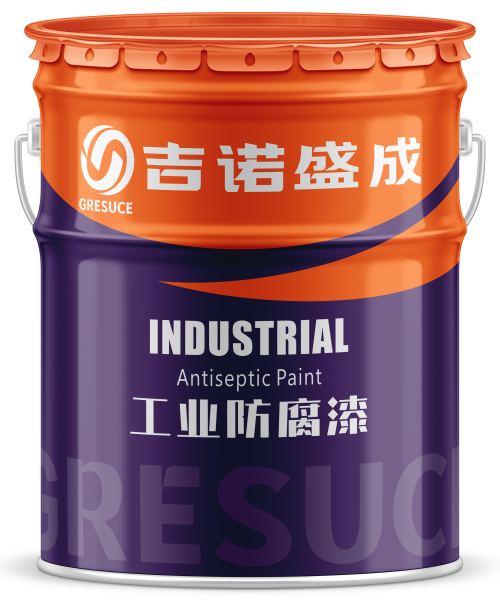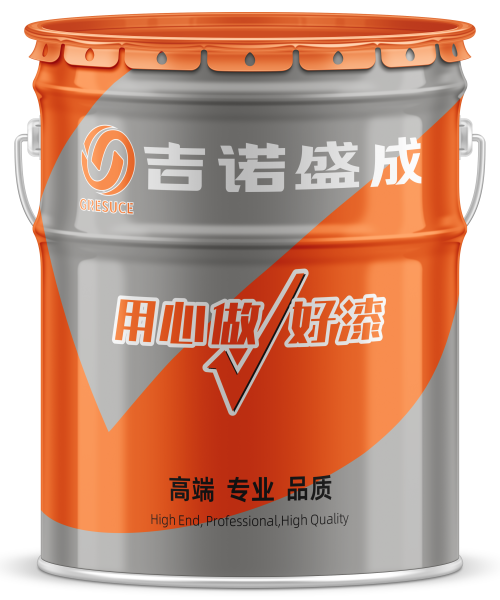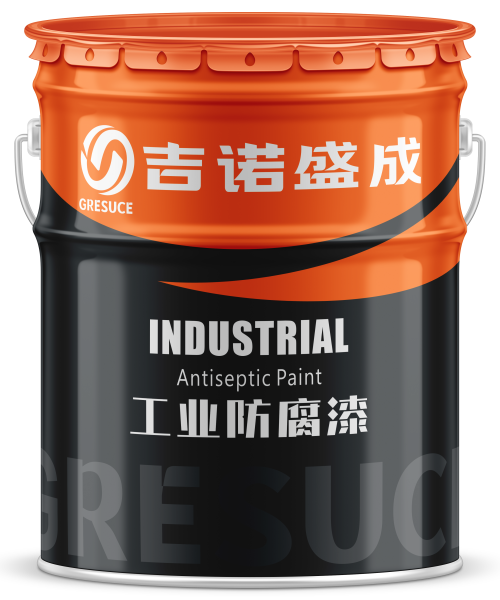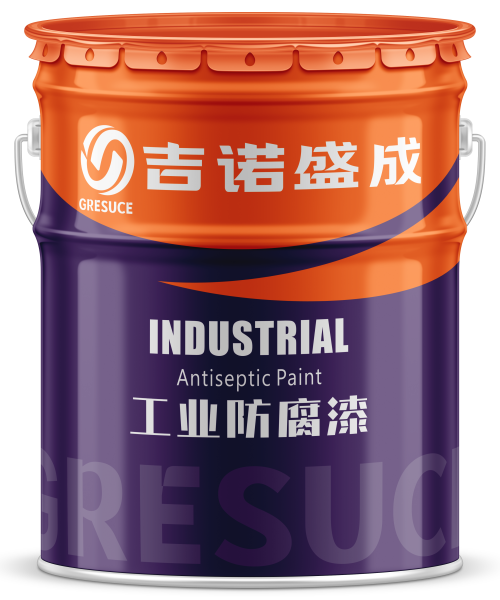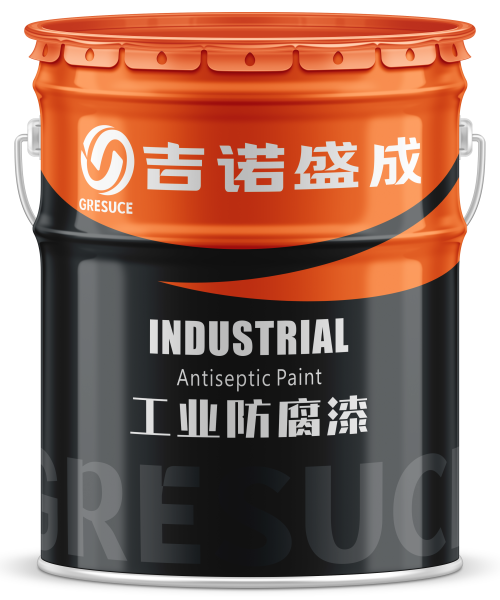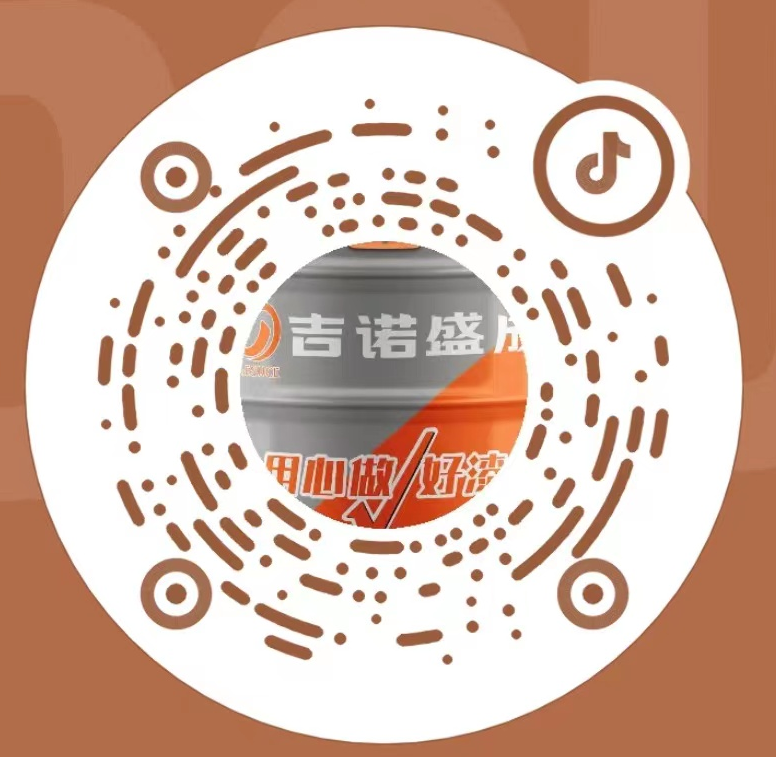1. Improper Surface Preparation
Cause Analysis:
· Contaminant Residue: If oil, rust, welding slag, or other impurities are not completely removed from the steel surface, the adhesion of the primer will be compromised.
· Insufficient Roughness: If the surface roughness does not meet requirements, the primer cannot form effective anchoring points.
Solutions:
· Abrasive blasting or shot blasting is recommended to ensure the surface roughness meets standard requirements, such as the Sa2.5 level specified in ISO 8501-1.
· Regularly inspect the surface preparation equipment to ensure the quality of the abrasives meets standards and avoid contaminating the substrate.
2. Unsuitable Environmental Conditions
Cause Analysis:
· High Humidity: When the relative humidity exceeds 85%, moisture in the air can form condensation on the substrate surface, affecting the adhesion and drying of the primer.
· Improper Temperature: Extremely low or high ambient temperatures can interfere with the curing and drying process of the primer.
Solutions:
· During application, control the environmental humidity to below 85%, or ensure the steel plate temperature is at least 3°C above the dew point.
· Choose an appropriate temperature range for application (typically 10~30°C) and avoid working in extreme weather conditions, such as rain, snow, or high humidity.
3. Issues with Primer Preparation and Application Techniques
Cause Analysis:
· Inadequate Mixing: If two-component primers are not mixed according to the specified ratio and method, the performance of the coating may become unstable.
· Improper Application: Uneven coating application or failure to meet the required dry film thickness can affect the final coating quality.
Solutions:
· Follow the mixing ratio specified in the product manual and thoroughly stir the primer to ensure the main agent and curing agent are evenly mixed.
· Use appropriate application methods, such as brushing, rolling, or spraying, to ensure an even coating. Use dry film thickness measurement tools to ensure the coating thickness meets requirements.
4. Insufficient Drying and Curing of the Coating
Cause Analysis:
· Insufficient Drying Time: If the primer is not fully dried before subsequent coating, the adhesion of the coating will be compromised.
· Incomplete Curing: Improper addition of the curing agent or unsuitable application conditions can affect the curing effect of the primer.
Solutions:
· Follow the drying time requirements specified in the product manual to ensure the primer is completely dry before proceeding to the next step.
· Check the proportion of the curing agent and ensure the temperature and humidity of the application environment meet the curing requirements.
5. Issues with Application Equipment
Cause Analysis:
· Inadequate Cleaning of Equipment: If application equipment (e.g., spray guns, applicators) is not thoroughly cleaned, impurities may mix into the coating, affecting its quality.
· Equipment Malfunction: Faulty components such as nozzles or pumps in spraying equipment can lead to uneven coating application or interfere with the application process.
Solutions:
· Thoroughly clean the equipment before each application to ensure proper functioning. Regularly inspect the equipment and perform timely maintenance and repairs on faulty devices.
Conclusion
The application quality of inorganic Zinc-Rich Primer directly affects its anti-corrosion performance and service life. By analyzing the common causes of defects during application and implementing the corresponding solutions, the quality of the coating can be effectively improved to ensure optimal performance. Construction teams should strictly follow the product manual and standard requirements, paying attention to every step of the process to achieve the best protective results.



